1、 Curing method
1. Substrate selection: willow has no great requirements for soil, has strong adaptability, can withstand salt and alkali, and can grow in bad ecology. However, it will grow better in fertile plains, and it is likely to rot roots in clay soil
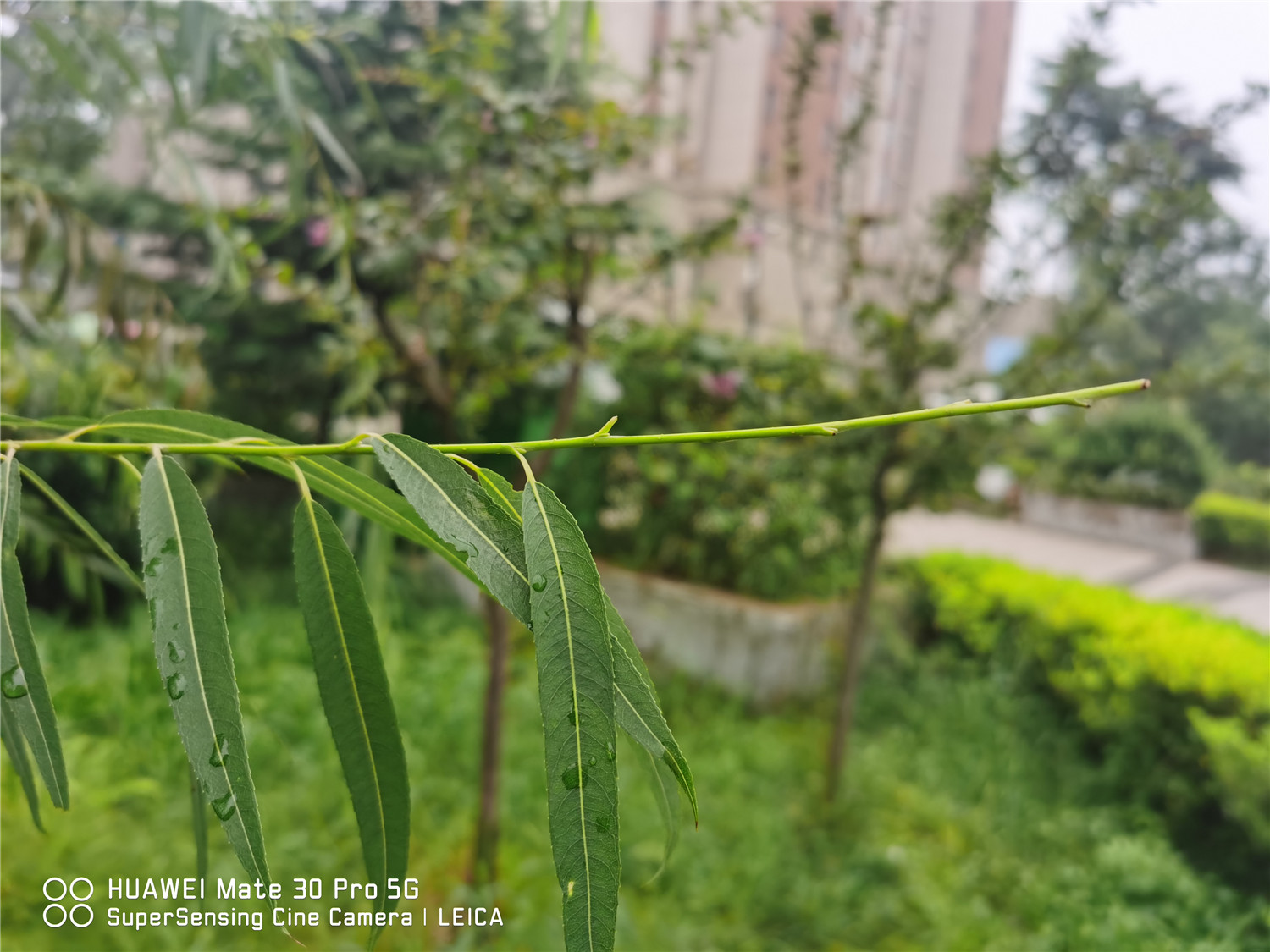
2. Light management: willows do not have too many requirements for light. Willows can grow whether there is enough sunshine or not
3. Temperature management: willows like humidity and can tolerate harsh ecological environments such as cold, heat and drought. It has good cold resistance. It can grow at an average annual temperature of 2 ℃ and the lowest temperature below zero without freezing injury
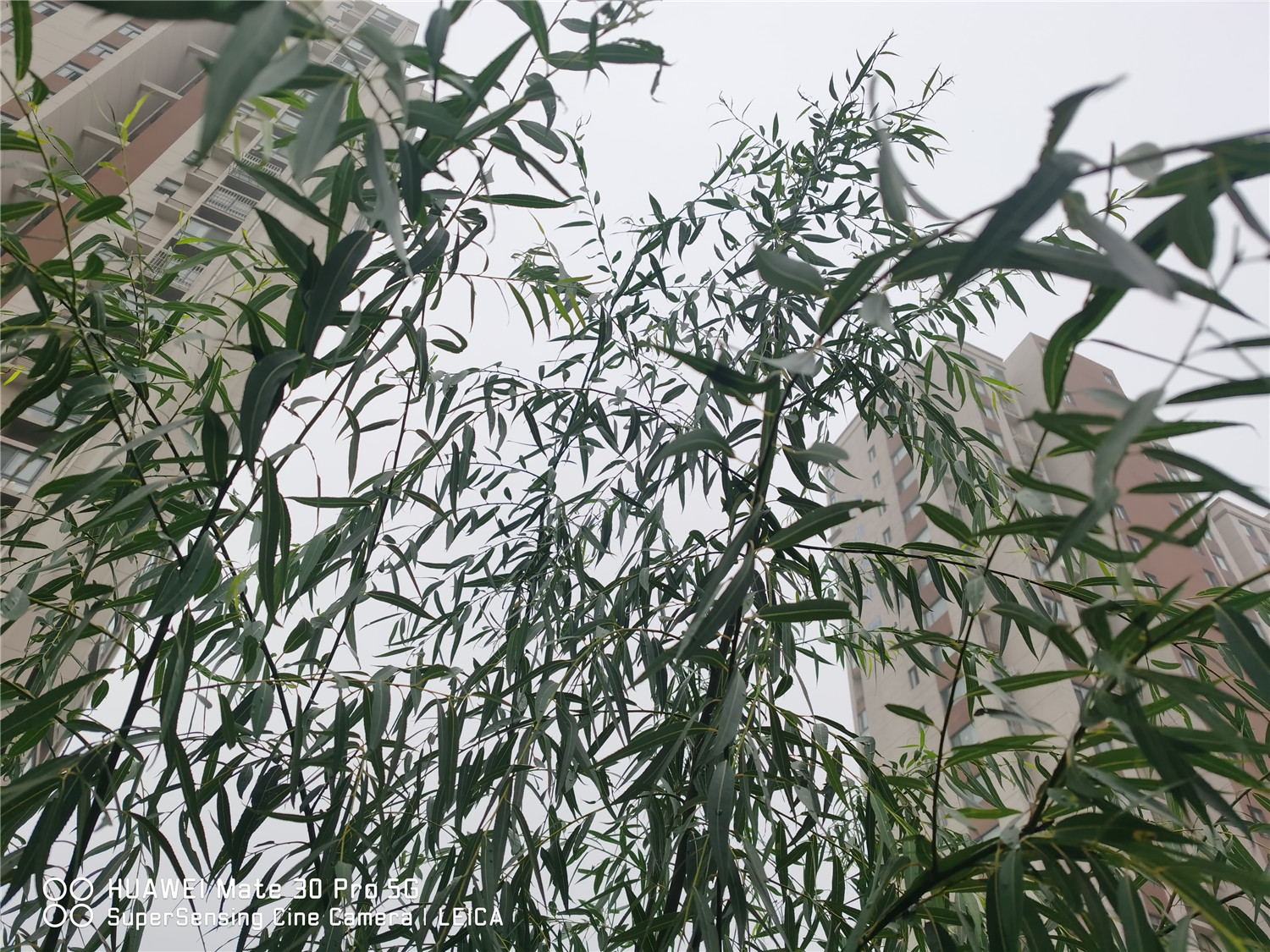
4. Water management: it likes moisture and can be watered more. It can grow well in humid soil. In arid areas, the survival rate is relatively low, and it is easy to die or grow into small old trees
2、 Breeding skills
1. Sowing: the seeds harvested in April should be used for sowing. The 1000 grain weight is 0.4g. Just sow them directly. Transplanting should be carried out from defoliation in winter to germination in early spring of the next year, and it should be watered adequately after planting
2. Cutting: in early spring, select good plants with good growth and few diseases and insect pests as the mother tree, and cut off the sprouting branches that have grown for about 3 years. Then cuttings should be watered sufficiently to keep the soil moist. Fertilizer should be applied about 4 times after root germination
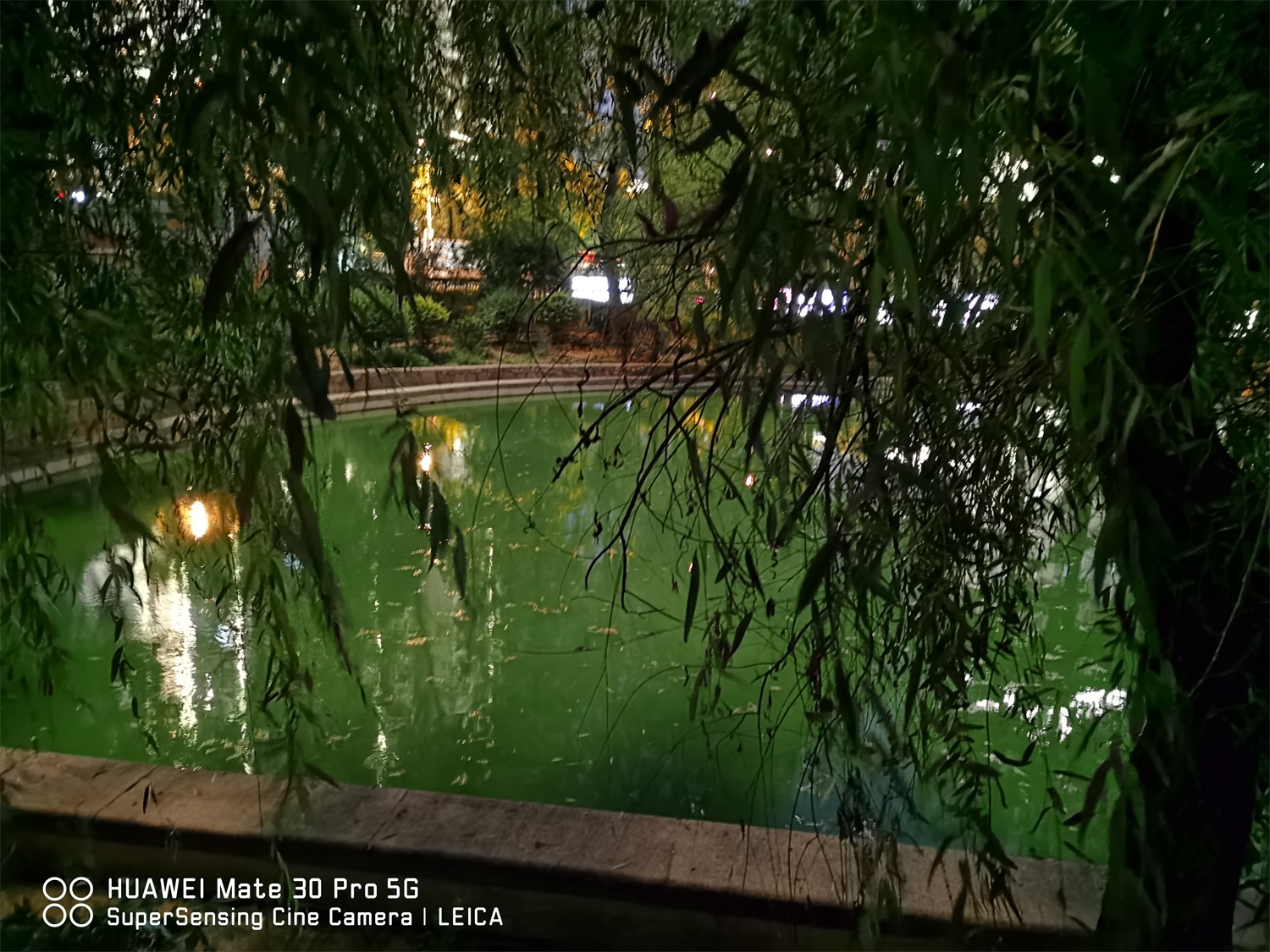
3、 Diagnosis and treatment problems
1, Scarab: after discovery, we can use avermectin or sloe 1500~2000 times liquid, Bt500-800 times liquid, spray to prevent and cure. p>
2. Rotten disease: the burned dead branches and leaves should be removed in time to prevent diseases and insect pests. It can also be controlled with dimethoate, Trichlorfon and other drugs
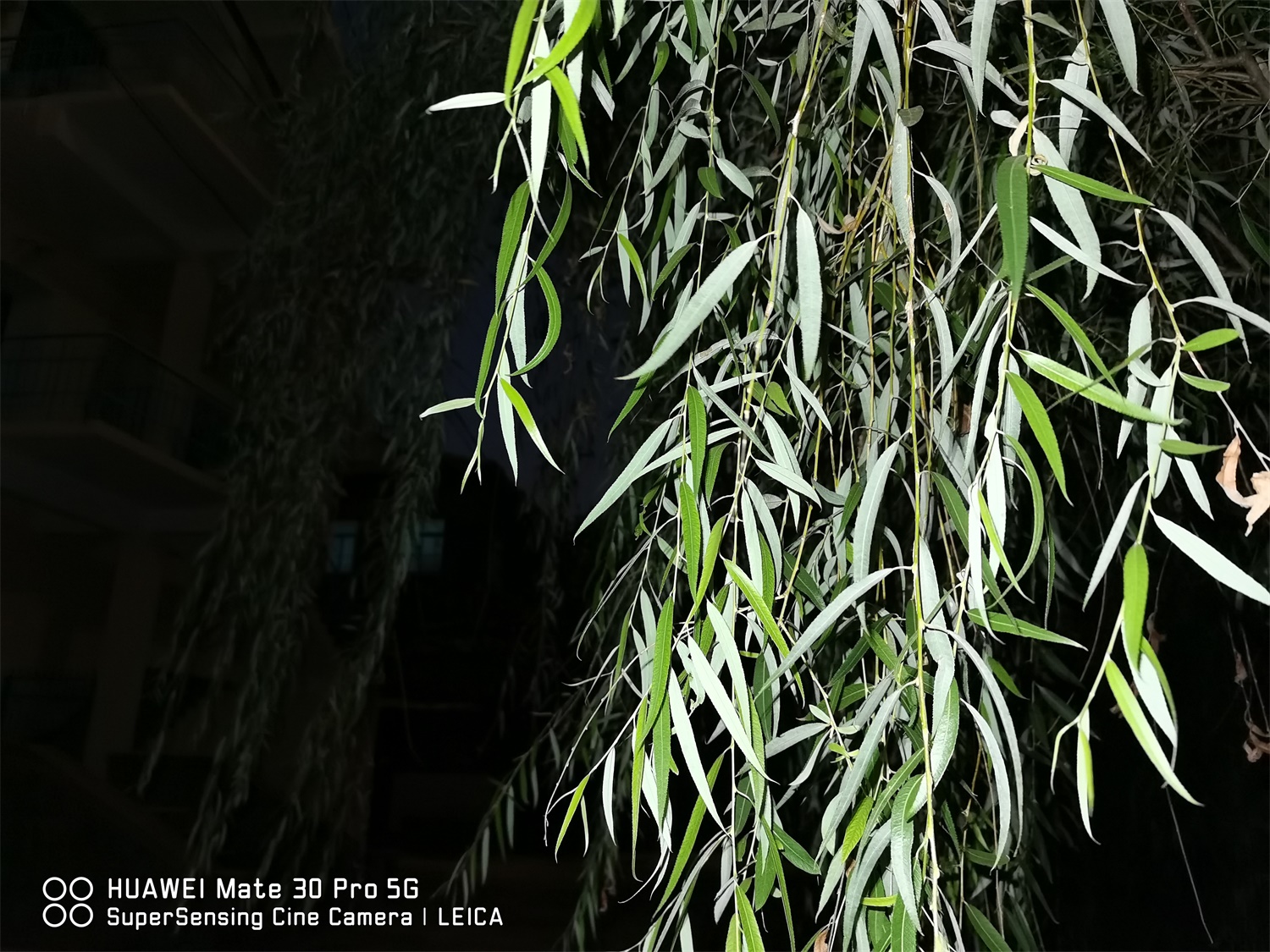
4、 Other issues
1. Whether it can be planted in the ground: it can be planted in the ground, has no strict requirements on Soil and temperature, has a relatively high survival rate, and has the function of providing shade for people
2. Whether it is poisonous: it is not poisonous. Willows can be used for garden viewing and have high ornamental value. It has strong resistance to dust and air pollution. It can also purify the air and beautify the environment. It is a good tree species to beautify the environment
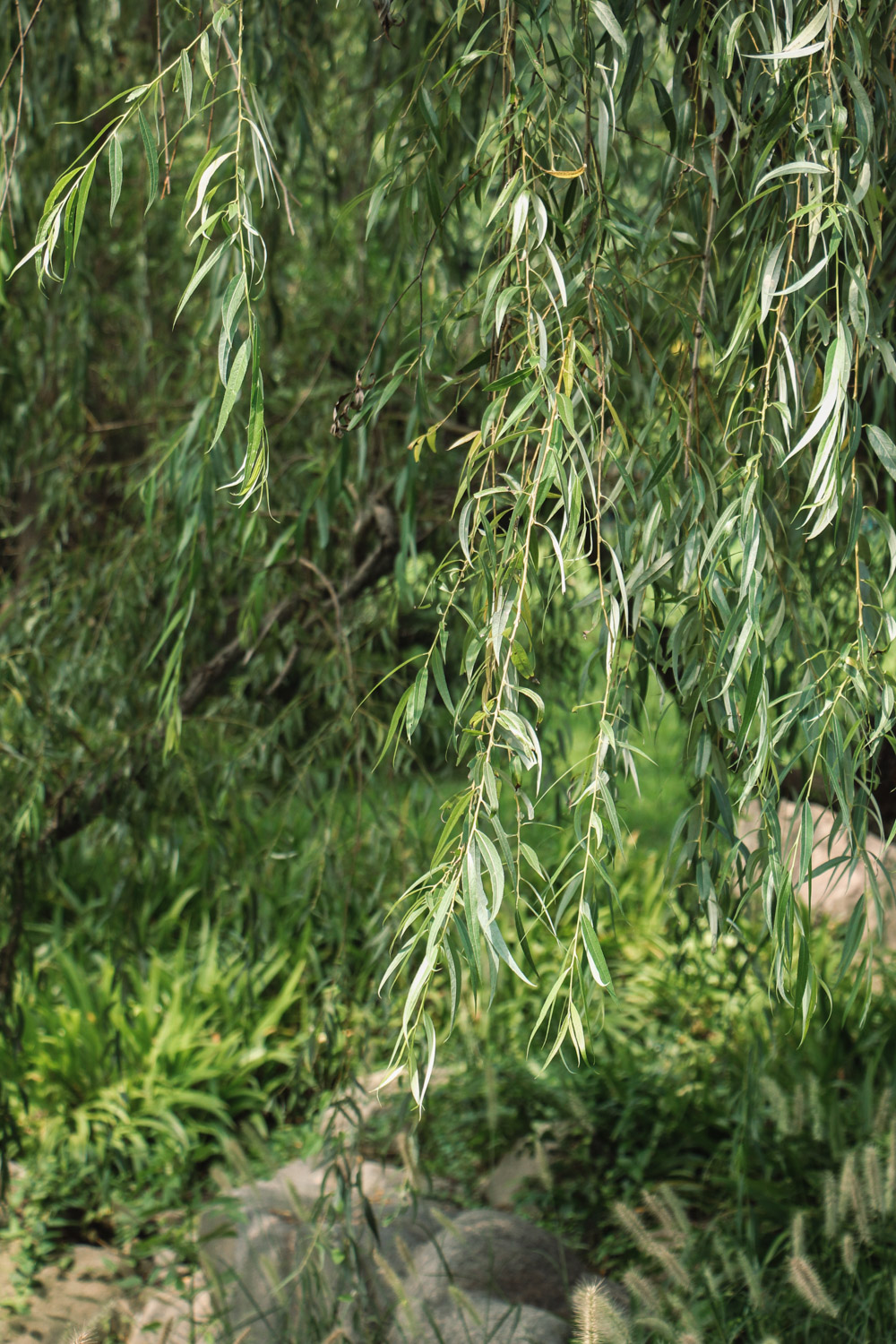

 jackfruit
jackfruit snake plant
snake plant hibiscus
hibiscus hydrangea
hydrangea lavender
lavender Green roses climb al...
Green roses climb al... If you don't pay att...
If you don't pay att... Management of four g...
Management of four g...


































